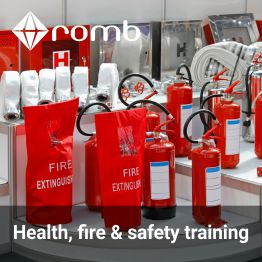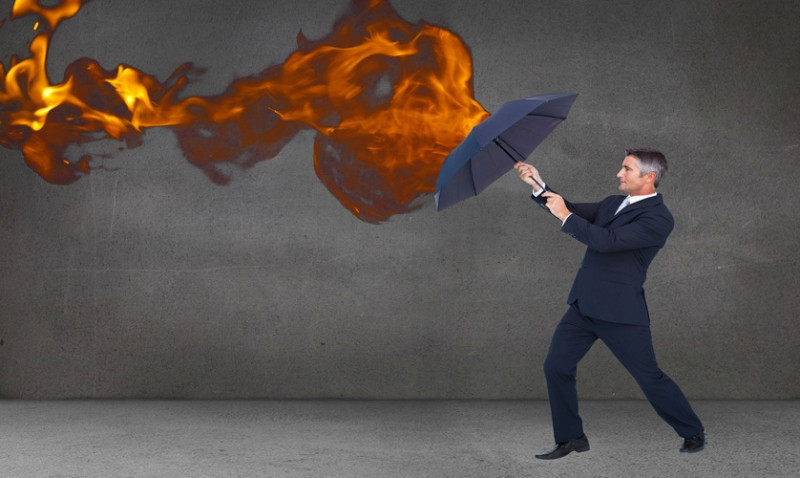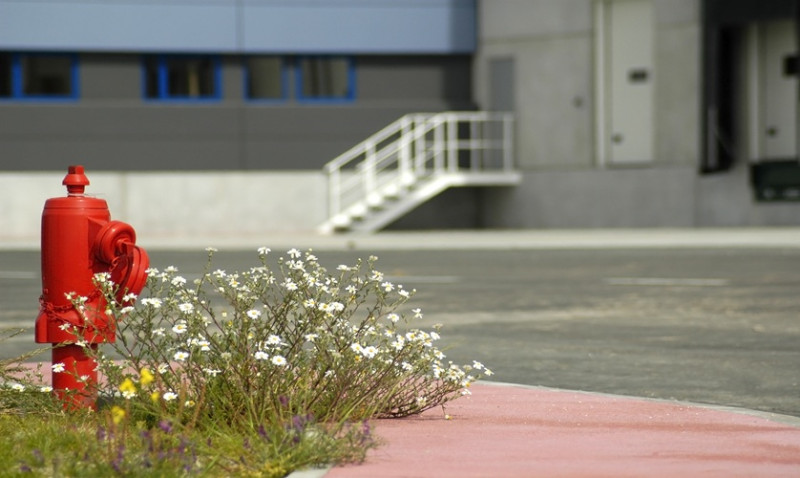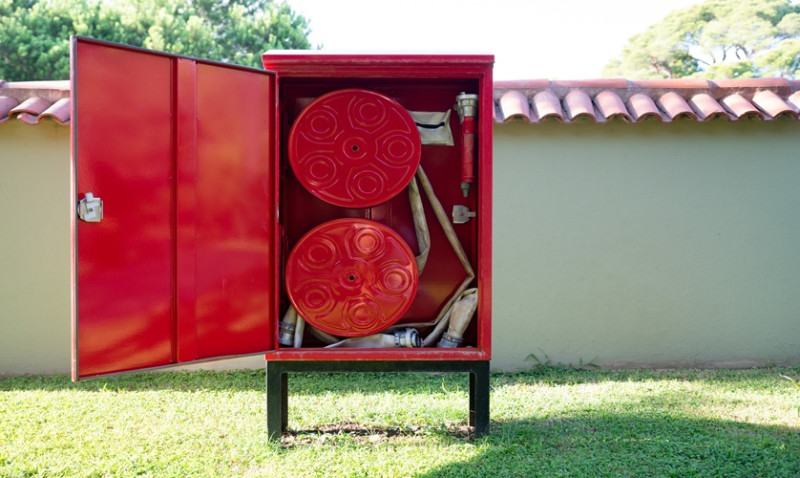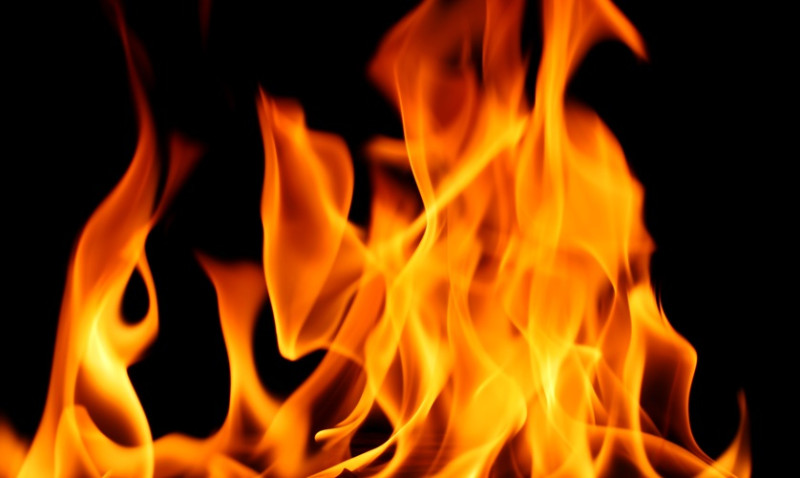
When it comes to fire safety in residential and commercial properties across the UK, fire sprinkler systems are one of the most effective tools for early fire suppression and saving lives. Whether you're a DIY enthusiast planning a renovation, a professional tradesperson, or an interior designer working with clients to improve property safety, understanding the different types of fire sprinkler systems can help you make more informed decisions.
In this guide, we’ll break down the three primary types of fire sprinkler systems – Wet Pipe, Dry Pipe, and Pre-Action – detailing how they work, where they’re used, and which one might be right for your project. All explained in clear language so you can feel confident when choosing or recommending the right fire protection system.
1. Wet Pipe Sprinkler Systems
Wet pipe sprinkler systems are the most common and straightforward type of fire suppression system used in the UK. These systems are always filled with water, meaning that when a sprinkler head is triggered by high heat from a fire, water is immediately discharged over the affected area.
Because of their simplicity, wet pipe systems are the go-to choice for residential homes, office buildings, and small commercial properties. Installation and maintenance are typically more cost-effective compared to other systems, and they provide fast response due to their always-ready state.
One of the key benefits of wet pipe systems is their reliability. With fewer components that can fail (such as compressed air tanks or electronic sensors), they offer a straightforward solution that many UK homeowners and architects prefer when designing with safety in mind.
However, there are some limitations. Wet pipe sprinklers are not recommended in environments where the internal temperature could drop below 4°C, such as garages, loft conversions or unheated warehouses, because the water can freeze and damage the pipework.
In summary, wet pipe sprinkler systems are ideal for properties that maintain a stable temperature year-round and where immediate fire response is key.
2. Dry Pipe Sprinkler Systems
Dry pipe systems differ from wet systems in that the pipes are not filled with water during stand-by mode. Instead, they’re filled with pressurised air or nitrogen. When heat activates a sprinkler head, the air pressure drops and a valve opens, allowing water to flow into the pipes and onto the fire.
This type of system is especially useful in environments prone to freezing temperatures. For example, in the UK, they are often used in car parks, unheated storage warehouses, attics, and external outbuildings – making them particularly useful for rural homes or properties with outbuildings that aren’t constantly heated.
While dry pipe systems offer excellent protection in colder conditions, they do have a slightly delayed response when compared to wet pipe systems because the water must first travel through empty pipes. For many applications, this delay is acceptable as long as it provides dependable fire suppression without the risk of frozen pipes.
It’s worth noting that dry pipe systems require more complex control equipment and regular maintenance checks. That’s something to keep in mind for DIY decorators or smaller-scale renovations where simplicity and low maintenance are high priorities.
Also, UK fire safety standards may require specialist installation for dry pipe systems due to their complexity and the involvement of air pressure valves, so consulting with a professional installer is vital.
3. Pre-Action Sprinkler Systems
Pre-action sprinkler systems are a hybrid between wet and dry systems and are typically used in places where water damage could be as hazardous as fire. These systems are filled with pressurised air, like a dry pipe, but they also incorporate an additional detection system, such as heat or smoke sensors, that must activate before water is allowed into the pipes.
Once the detection system is triggered, the pipes fill with water. If the heat then activates a sprinkler head, water will be discharged as it would with a traditional sprinkler. This two-step confirmation process helps to minimise accidental water discharge caused by damaged sprinkler heads or other system faults.
They are ideal for high-value or sensitive areas such as data centres, museums, libraries, and art galleries where even minor water damage can result in extensive losses. For architects, designers, and developers working on premium residential or heritage projects, pre-action systems offer an invaluable layer of protection.
However, due to their complexity, pre-action systems come at a higher cost and require more detailed planning and regular maintenance. These are not commonly used in regular domestic settings but can be considered for luxury renovations or special cases where preserving property and contents is a top priority.
For UK designers and contractors, pre-action systems help satisfy both insurance requirements and stringent safety standards in sensitive construction projects, especially in urban areas where clients expect high-end solutions.
Fire Sprinkler Systems Comparison Table
| System Type | Main Features | Best For | Limitations |
|---|---|---|---|
| Wet Pipe | Pipes always filled with water, immediate discharge upon activation | Homes, flats, offices, heated commercial buildings | Not suitable for areas below 4°C (could freeze) |
| Dry Pipe | Pipes filled with pressurised air, water released after activation | Garages, cold storage, unheated spaces | Delayed response, more maintenance needed |
| Pre-Action | Two-step activation using detection system and sprinkler head | Data centres, museums, high-end residential properties | Expensive, requires expert installation |
Which Fire Sprinkler System is Right for You?
Choosing the right fire sprinkler system depends on your specific needs, property type, and environment. For most standard homes and offices in the UK, wet pipe systems provide sufficient protection at a reasonable cost. If your project involves unheated spaces or is located in northern regions where winter freezes are common, it’s wise to explore dry pipe systems.
Pre-action systems require a higher investment and careful planning, making them better suited to specialist projects where water-sensitive contents or complex fire detection integration is needed.
Regardless of your choice, working with a registered fire safety installer is a critical step, especially if you’re a trade professional or architectural consultant. Installation must meet the UK’s fire safety regulations, and qualified experts can help plan your system for maximum efficiency and compliance.
For homeowners taking the DIY route or project managers guiding clients through renovations, making an informed choice about fire sprinkler systems adds more than just safety – it’s an essential part of adding long-term value to the property.
Looking for Professional Installation Advice?
If you’re renovating or designing with fire safety top of mind, our experienced team is here to help you select and install the best fire sprinkler system for your project. Reach out today for a free consultation tailored to your property type and budget.
